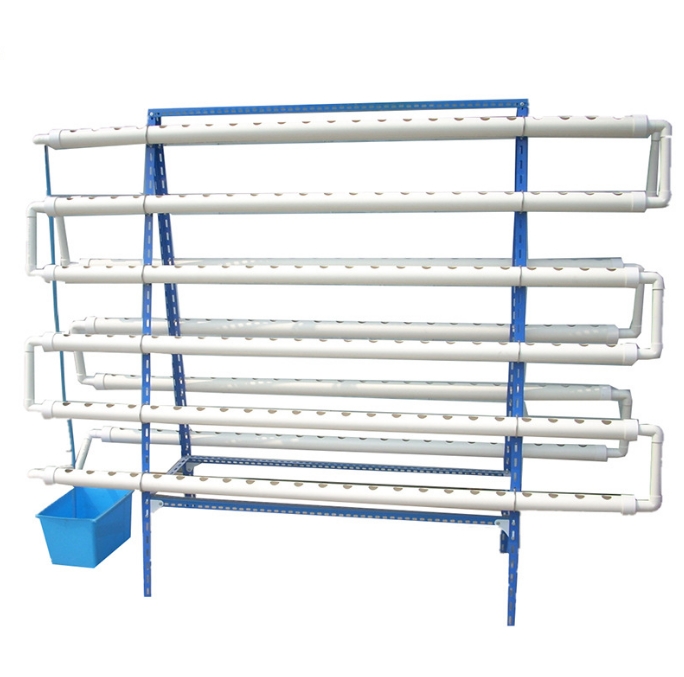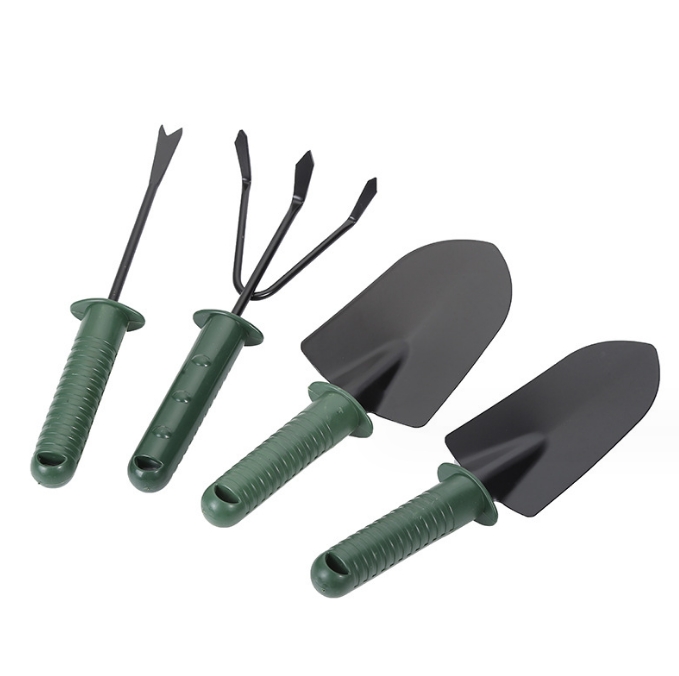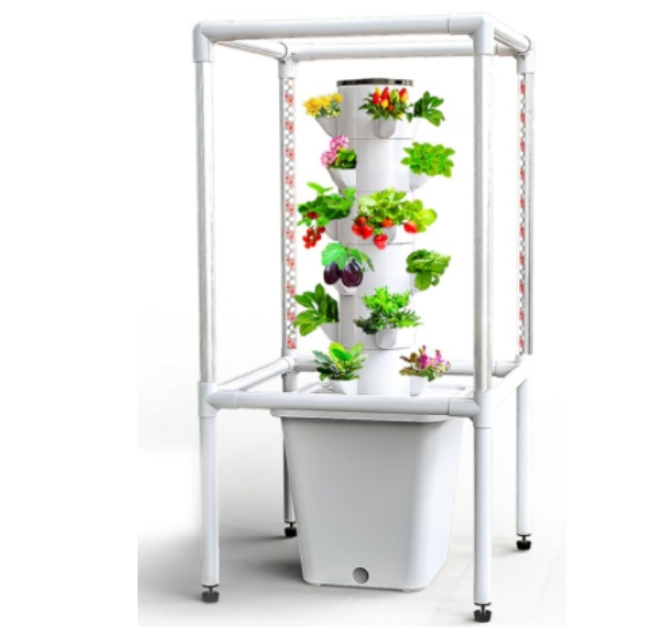·280 ~ 315nm – "this wavelength belongs to ultraviolet light. It has the function of directly suppressing the growth of all kinds of animals, plants and even fungi, and has little impact on morphological and physiological processes.
·315 ~ 400nm – "this kind of light wave also belongs to far ultraviolet light. Although there is no ultraviolet damage to plants, it has no direct effect on plant growth. It has less chlorophyll absorption, affects the photoperiodic effect and prevents stem elongation.
·400 ~ 520nm (blue) – "these wavelengths can directly develop the roots and stems of plants, with the largest absorption ratio of chlorophyll and carotenoids and the greatest impact on photosynthesis.
·520 ~ 610nm (green) - green plants repel pushing, and the absorption rate of green is not high.
·610 ~ 720nm (red) - the chlorophyll absorption rate of plants is not high, but this wavelength has a significant effect on Photosynthesis and plant growth rate.
·720 ~ 1000nm – "these wavelengths are generally infrared wavelengths. They have low absorption rate for plants, can directly stimulate cell elongation, and will affect flowering and seed germination.
·> 1000nm – "is close to the wavelength of laser light and has been converted into heat.
From the above plant and spectral data, the effects of light at each wavelength on plant photosynthesis are different. Among the light required by plants for photosynthesis, 400 ~ 520nm (blue) and 610 ~ 720nm (red) contribute the most to photosynthesis, while 520 ~ 610nm (green) light has a very low efficiency ratio for plants to exercise growth.
According to the above principle, plants only have the effect of directly helping the growth of the spectrum of 400 ~ 520nm (blue) and 610 ~ 720nm (red), so the plant lamps under the academic concept are made into three forms: red blue combination, all blue and all red to provide light lines with two wavelengths of red and blue to cover the wavelength range required for plant photosynthesis.
On the visual effect, the red and blue combination of LED plant growth lights appear pink, which is very uncomfortable for biological lighting, but it can only be practical in its appearance and choose its practicality.
General white LED beads, the most common is to use a blue core to excite yellow phosphor to emit light, so as to compound to produce a visual white light effect. In the energy distribution on the integrating sphere test report, there are two peaks in the blue region of 445nm and the yellow green region of 550nm.
The 610 ~ 720nm red light required by plants is less covered, which can not supply light and the light efficiency required for their planting plants. This explains why under the irradiation of white LED, the growth speed and harvest effect of plants are not as good as those of ordinary outdoor planting.
Using the above data, the chromatographic ratio of red and blue lamp of general plant lamp is generally between 5:1 and 10:1, and the ratio of 7 ~ 9:1 can be selected. Only the brightness ratio of lamp beads is used as the basis for proportion distribution, and the number of non lamp beads is used as the basis for light mixing.
When LED plant growth lamps are used in plant planting, the height of the leaves is generally about 30-50 centimeters, which needs to be given different light intensity according to the plant species. Adjusting the height is generally regarded as the most convenient way to adjust the brightness.





